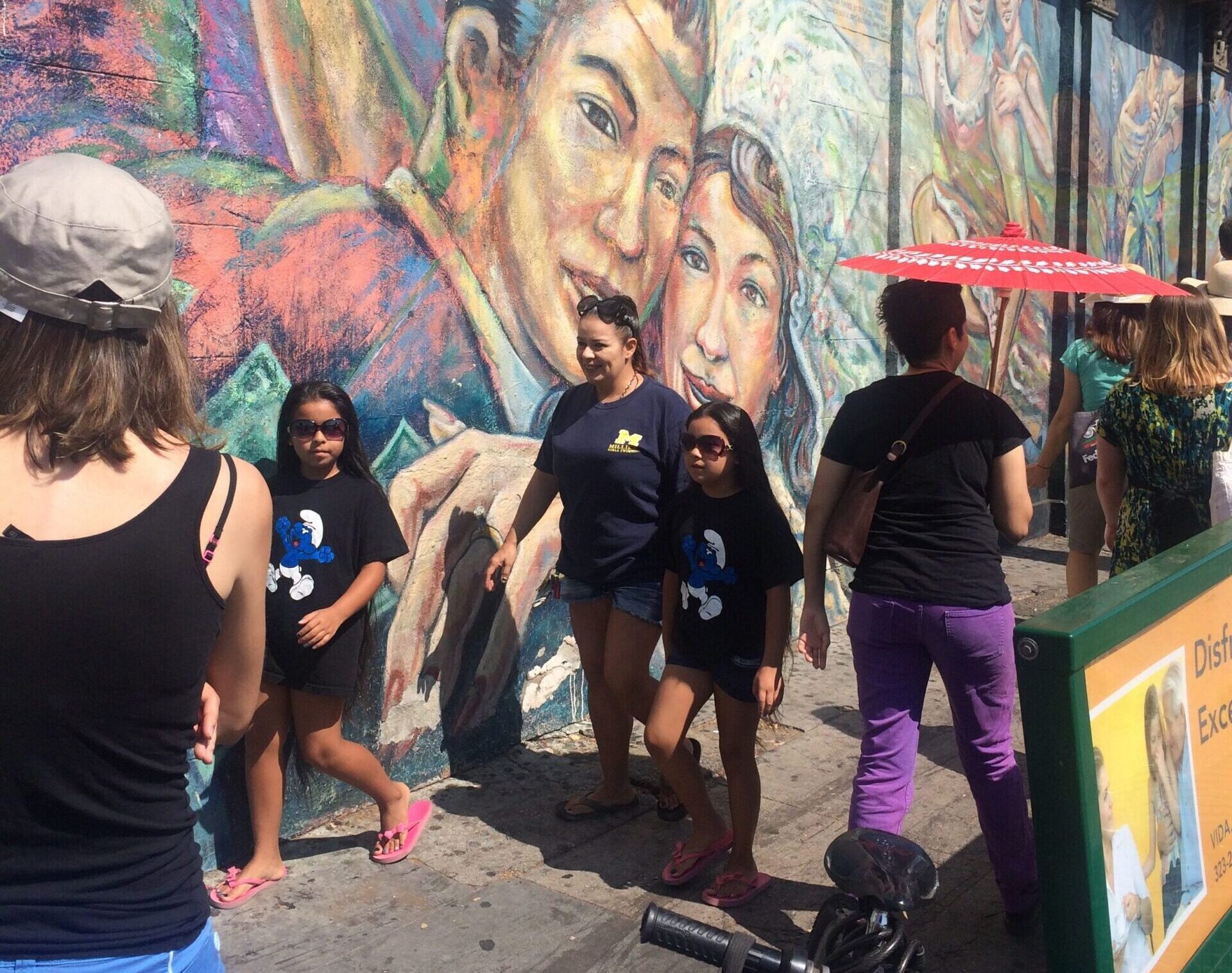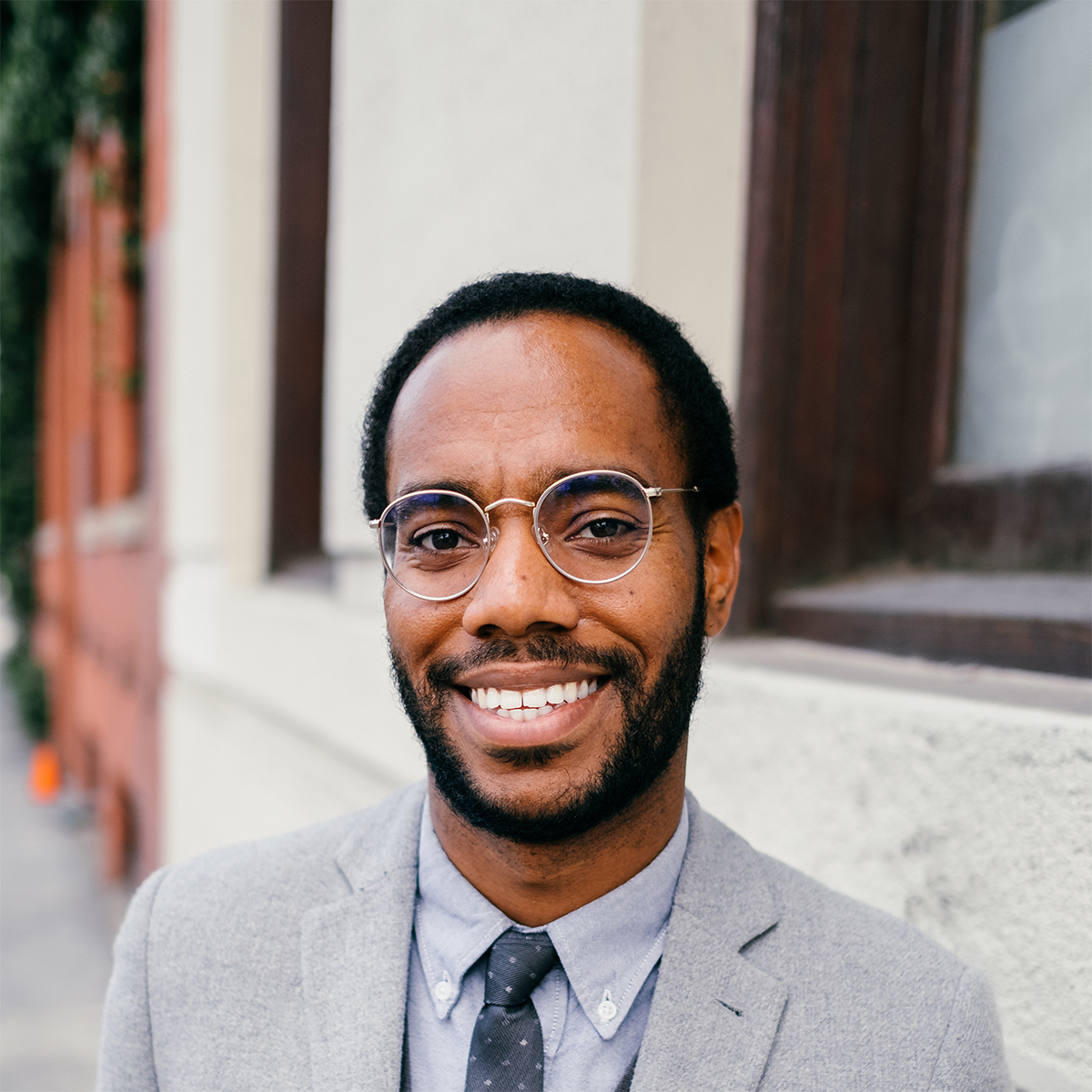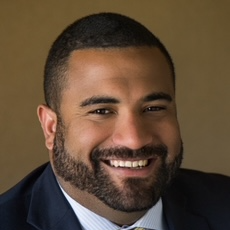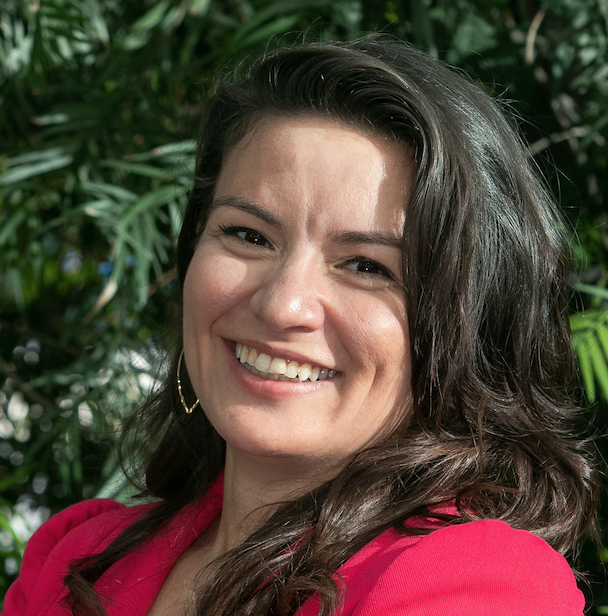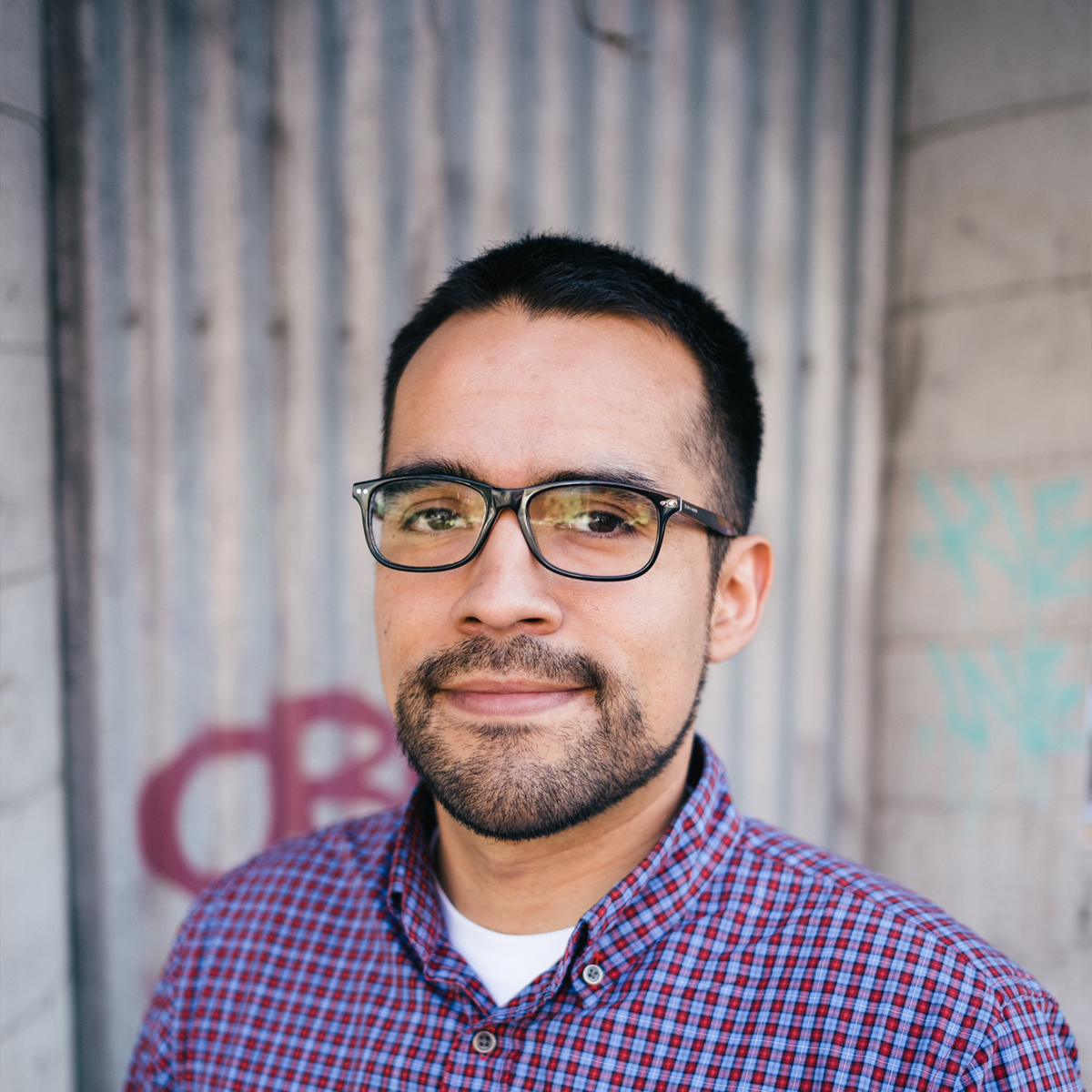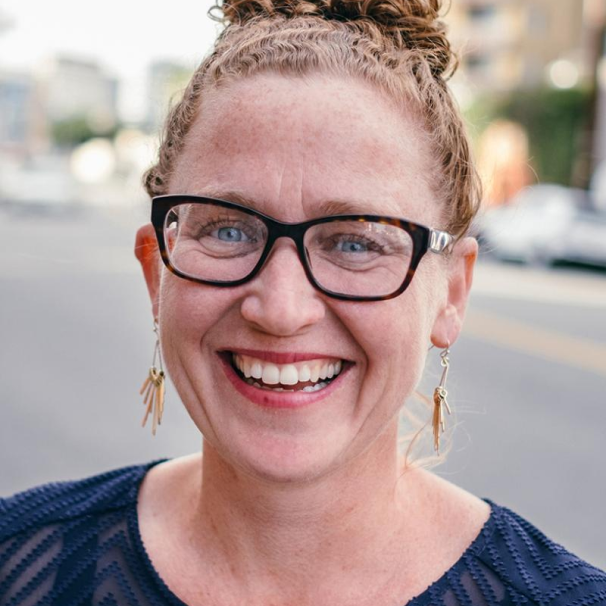Sidewalks are complex ecosystems.
Consider the entire experience for someone trying to get around Los Angeles in a wheelchair: getting onto the sidewalk and using it to get through the neighborhood, crossing multiple intersections, waiting at a bus stop in the sun or in the dark, not knowing whether any of that will be accessible or how long the wait might be. The journey involves multiple problems and multiple players to fix those problems.
Sidewalks are so much more than concrete. Trees, shelters, lights, public bathrooms, benches, and more all combine to make sidewalks places where we can walk or roll to run errands, bump into neighbors and friends, buy meals from street vendors, or just enjoy an evening stroll. When the public right-of-way is well-maintained and functional, the city thrives and is welcoming. After all, sidewalks are where life happens.
But LA’s sidewalks fail us. We can’t rely on them to get around (social failure). We can’t rely on them to help us mitigate the effects of extreme heat or floods (environmental failure).
In the first two posts of this series (here and here), we’ve painted pictures of the many ways people use and experience the broader category of public space that includes sidewalks and all the essentials that make them useful and enjoyable. We’ve demonstrated that the scale of LA’s sidewalk network is huge, our sidewalks are supposed to serve multiple and diverse functions in order to be useful, and LA has no real program for managing them effectively.
Here, we’ll more fully explain the “no real program” part of the problem and offer three recommendations for Mayor Bass to address that lack.
Roles and Expectations are Murky: No One is Accountable
We’ve already shown that sidewalks are multifaceted, serving various purposes for people using them, and incorporating numerous infrastructure elements. This complexity makes sidewalk maintenance and policy development challenging.
When it comes to managing these vital elements of LA’s public right-of-way, here’s what it looks like from within the City:
- More than 20 different departments and agencies
- Budgeting one year at a time
- No unified plan
- No comprehensive list of projects
- No shared vision
- The public is in the dark
Let’s drill down further.
The sidewalks and everything happening on them are managed by the more than 5,500 staff from the Department of Public Works (DPW), which is made of up five different bureaus:
- Bureau of Contract Administration
- Bureau of Engineering*
- Bureau of Sanitation
- Bureau of Street Lighting
- Bureau of Street Services**
- Public Works Board Office – Board Secretary and Staff
*The Bureau of Engineering (BOE) manages the sidewalk repair program mandated by the Willits Settlement and also houses the ADA coordinator (Americans with Disabilities Act). And, while not in the Department of Public Works, the Chief Administrative Officer (CAO) is involved to ensure the financial resources required by the settlement are allocated.
**The Bureau of Street Services (BSS) is the designated asset manager for sidewalks, overseeing policy, data, planning, maintenance, and operations, including inspection and enforcement. This role is crucial because even if the City reverted to full property owner responsibility (as presented in our previous post), BSS would still handle compliance and enforcement.
But we’re not done.
There also are smaller programs created over the years to meet specific needs. Some of these programs involve sidewalks but are housed outside the Bureaus:
- Office of Community Beautification (making the city beautiful with volunteers)
- Office of Citywide Filming (attracting film and TV productions to LA)
- Petroleum Administration (manages drilling leases)
- Project Restore (nonprofit historic restoration and preservation)
- Community Forest Advisory Committee (community input for LA’s urban forest)
- Office of Forest Management (goals for and management of LA’s urban forest)
- Climate Emergency Mobilization Office (climate resilience and healthy communities)
And there’s even more.
Our sidewalks also house utilities such as power lines, fiber optics, gas pipes, and water mains—all managed by separate entities. These features often present challenges for sidewalk design and maintenance, as they can limit the width of sidewalks, create uneven surfaces, and require frequent repairs or replacements. Moreover, the integration of drainage and stormwater capture systems further complicates maintenance.
Talk about a fragmented approach!
There’s no clear designation of ultimate responsibility for the state of our sidewalks. There are no comprehensive programs or plans (beyond the legal settlement) to address ongoing sidewalk issues, without which we can’t hold anyone accountable. The responsibility ends up falling on elected officials.
This Lack of Leadership, Coordination, and Oversight Has Tangible Consequences
When we hear about new initiatives in Los Angeles that tout the words “mobility” or “transportation,” there’s an implicit assumption that all aspects of how we move through the city are being considered. However, this assumption is misleading. While the LA City Department of Transportation (LADOT) may be synonymous with transportation planning and mobility improvements, their expertise and jurisdiction are confined strictly to the roadbed—meaning the spaces occupied by vehicles, not the sidewalks where people traverse daily.
Without dedicated leaders to champion sidewalk improvements and integrate them into funding and planning efforts, sidewalks continue to deteriorate and be neglected by the City.
The concept of “organized abandonment,” as articulated by scholar Ruth Wilson Gilmore, provides a powerful lens through which to examine the City of Los Angeles’ approach to sidewalks and the broader management of its public right-of-way. Organized abandonment refers to the systematic neglect and divestment from certain communities or public services, often leading to severe social, economic, and infrastructural consequences. In the context of Los Angeles, this abandonment is vividly illustrated in the City’s fragmented and ineffective management of sidewalks.
For years, LA’s sidewalks have been subjected to what can only be described as deliberate neglect, where the responsibility for maintenance is shuffled between property owners, legal settlements, and a patchwork of City departments.
Ultimately, by failing to prioritize and adequately fund sidewalk maintenance, the City has effectively abandoned this crucial element of the public right-of-way.
The entire management of the public right-of-way in Los Angeles is broken. This is not just a matter of poor coordination; it is a fundamental failure to recognize and address the needs of all Angelenos. The public right-of-way should serve everyone—people walking, rolling in a wheelchair, riding a bike, catching the bus, or driving a car—but the current system prioritizes vehicles at the expense of everyone else. The City’s piecemeal approach to managing sidewalks, bus and bike lanes, and other elements of the right-of-way, reflects a deeper, systemic problem: a lack of vision and leadership in creating a truly inclusive, accessible and climate-resilient urban environment.
From Organized Abandonment to Organized Care
Mayor Karen Bass has the opportunity—and the responsibility—to address this issue head-on. We’re not the only ones calling for this. Two-thirds of Los Angeles voters supported Measure HLA. Los Angeles Times columnist Steve Lopez has written about this (from September 1 and from August 17). Urban planning expert Donald Shoup has weighed in.
Addressing the broken management of the public right-of-way must be a priority. This means not only fixing the sidewalks but also rethinking how the entire system is managed.
Mayor Bass must take these three steps:
- Develop a Capital Infrastructure Plan (CIP). LA is the only major U.S. city without this type of long-term plan for the public right-of-way. A CIP is an effective, artful and lasting solution. It provides a multi-year budget that prioritizes the needs of people and fixes a clearly broken system. See our 9 principles that Los Angeles’ CIP must include as it moves forward, endorsed by more than 80 Los Angeles business and civic leaders. These principles acknowledge the unique characteristics of Los Angeles and the need for a well-crafted CIP that aligns with best practices from major cities across the country. We sent them to Mayor Bass last December.
- Define roles and responsibilities within the Public Works Department and LADOT. This may sound like a small step, but it would actually be monumental – and it’s long overdue. Mayor Bass should immediately begin by clarifying these processes, starting with roles, responsibilities, and workflows around LA’s sidewalks.
- Create a Public Works Director position. Public Works has 5,500+ employees who are managed by a politically appointed board and City Council committee. Currently, without a single director, there’s no one ensuring that all the parts work together seamlessly or held responsible for it to work.
The era of organized abandonment must end. In its place, we need a commitment to organized care—where the needs of all residents, especially the most vulnerable, are met with proactive and equitable policies.
The management of the public right-of-way should be reimagined, with sidewalks and all of the infrastructure elements within them, finally receiving the attention and care they deserve. Only then can Los Angeles become a city where everyone can move freely and safely, regardless of how they travel.
